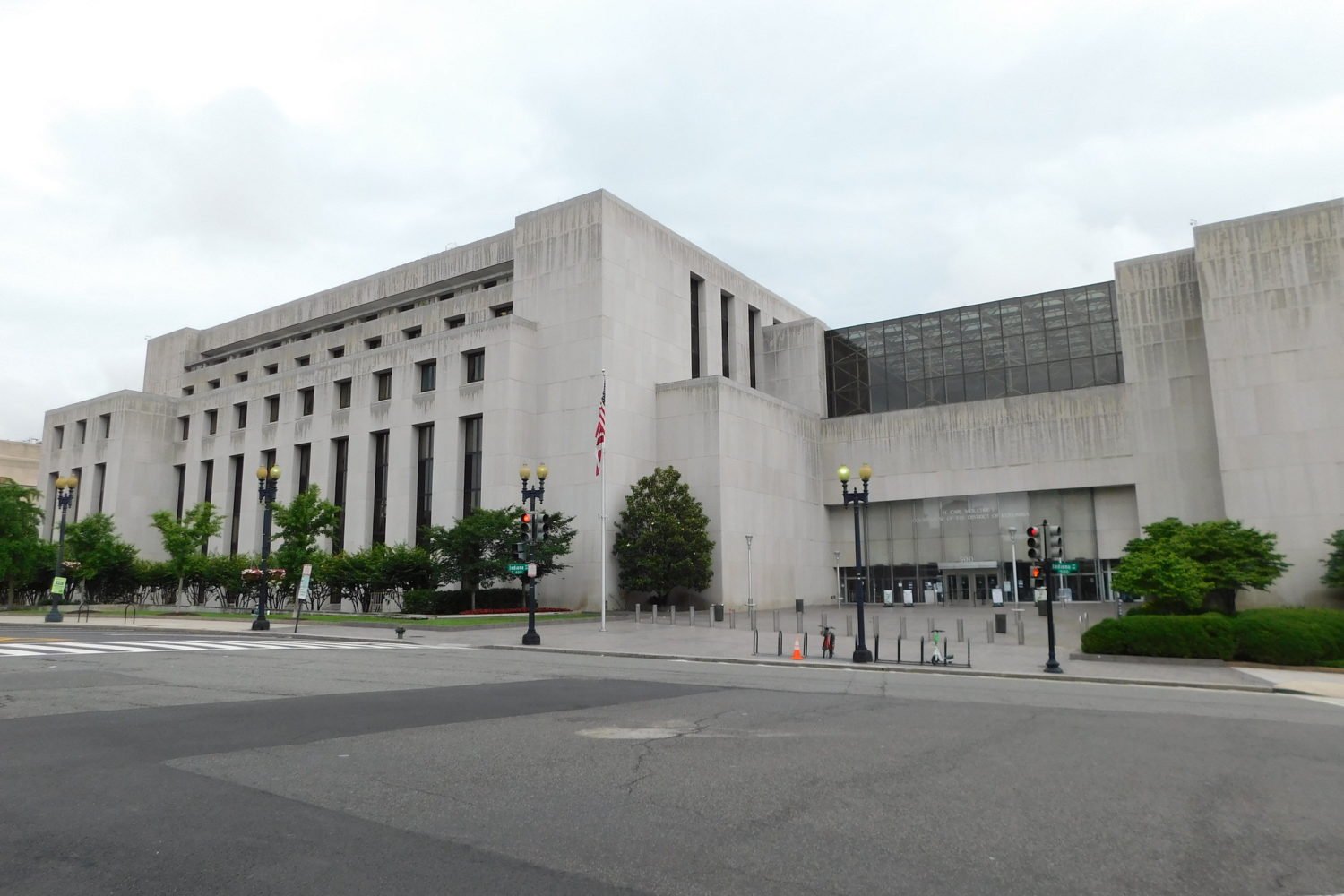After the longest government shutdown in US history, thousands of federal workers woke up early, braved the cold weather, and went back to work this week for the first time in 35 days. Some were welcomed with baked goods—and most were also confronted with thousands of emails, passwords to reset, and work to catch up on.
Andrew Mellen, a professional organizer and author of Unstuff Your Life!, has worked with clients for 23 years as a productivity coach. Mellen offers five ways workers can handle the stress of coming back to the office.
Breathe, relax, meditate
It sounds simple, but Mellen says the first priority should be to take care of yourself. An adrenaline-driven mindset will only cause more stress and lack of productivity, particularly for those who are already prone to anxiety. Thirty seconds to a minute is all you need.
“Without getting overly woo-woo about it, a few deep breathes can help you ground yourself so you don’t get trapped in that mindspace where your head is racing, you’re disconnected from your body, and you start to panic,” Mellen says. “Breathe yourself into saying, ‘I’m going to be methodical, I’m going to be deliberate, I’ll pay attention to detail, and let’s go.'”
Mellen recommends four meditation services for federal employees who have never meditated before: Susan Piver‘s Open Heart Project; Sharon Salzberg‘s meditations, podcasts, and books; Headspace; and 10 Percent Happier.
Prioritize and filter your inbox
Mellen says that if you don’t already filter your inbox into subfolders, now’s the time. Sorting by keywords and specific email addresses can take a lot of the time-consuming organization work out of your hands.
“If you’re subscribing to certain mail lists, we want to be able to scrape that right off the top and get that out of your face,” he says. “You don’t need to be manually organizing those. Trade journals and newsletters may be interesting on a slow day—to read something interesting about your industry—but you want to immediately filter those so you can climb in there later when you have the time.”
In other words, this may be your wake up call to (you knew this was coming) Marie Kondo your inbox so you can respond to emails that actually need your attention.
CC’d on an email? CC ya later
If you’re not the primary recipient on an email, you don’t need to be the one who responds. You can filter those emails, as well.
“You can also know, if everyone’s been furloughed, nobody’s been addressing this project. The fact that you’re learning as well—you can put that into perspective. The lead person is no further ahead than you are, so you’re not late.”
Make appointments for yourself
Mellen suggests planning your day the night before or the morning of. While a to-do list is helpful for organizing and retaining information you might otherwise forget, it’s not a time-management tool.
“You want to harvest things from that to-do list and make quantified, specific appointments with yourself on your calendar to get stuff done,” he says. “It can be answering emails from 9 to 11 AM, and then you’ll actually start working on the content of those emails from 11 to 1 PM.”
As a rule, Mellen recommends working in 15-minute to hourlong increments per task, and no more than 3 hours straight without taking a break. “You’ll just get punchy. Get up, take a walk, get a snack, and then come back to reset the timer.”
Don’t overwork yourself to catch up
Staying at the office for four extra hours might not be the most productive way to catch up on missed work. At some point, you’ll start to experience diminishing returns.
“Just like a food plan—you didn’t put on the weight in one day,” Mellen says. “This backlog is three weeks old or longer. Regardless of how fierce you are at managing your workflow, you’re not going to be able to solve this in 24 hours.”



















